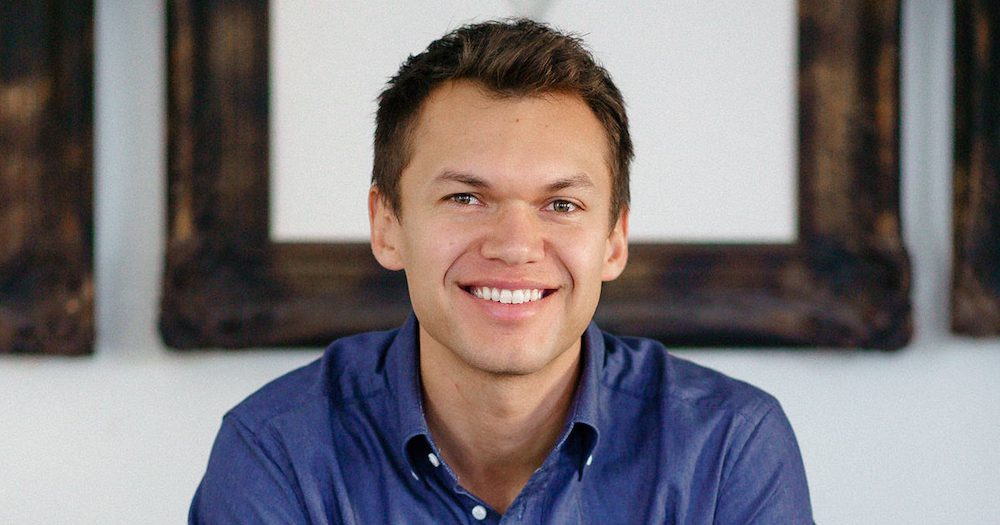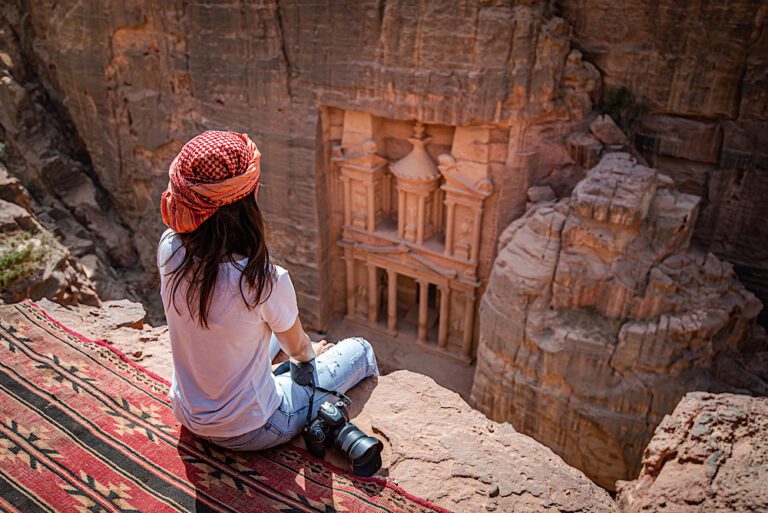Indigenous tourism is one of Canada’s fastest growing tourism segments with positive effects throughout communities and cultures. Karryon heads to Canada to find out more.
From coast to coast to coast, the future is once again starting to look positive for more than 1,800 Indigenous tourism businesses across Canada. Indigenous tourism is on a journey of growth and development spanning economic, social and cultural rejuvenation, supported by The Indigenous Tourism Association Canada (ITAC) and Destination Canada.
ITAC is a global leader in the marketing and development of Indigenous tourism experiences – a national, not-for-profit member organisation, representing and supporting more than 1,100 businesses that are at least 51 per cent Indigenous-owned or controlled.
ITAC’s vision is a thriving Indigenous tourism economy sharing authentic, memorable and enriching experiences. But success is not just about jobs, it also means empowering and lifting up Indigenous People and communities, and using tourism as a means to rediscover and share their culture with the world.
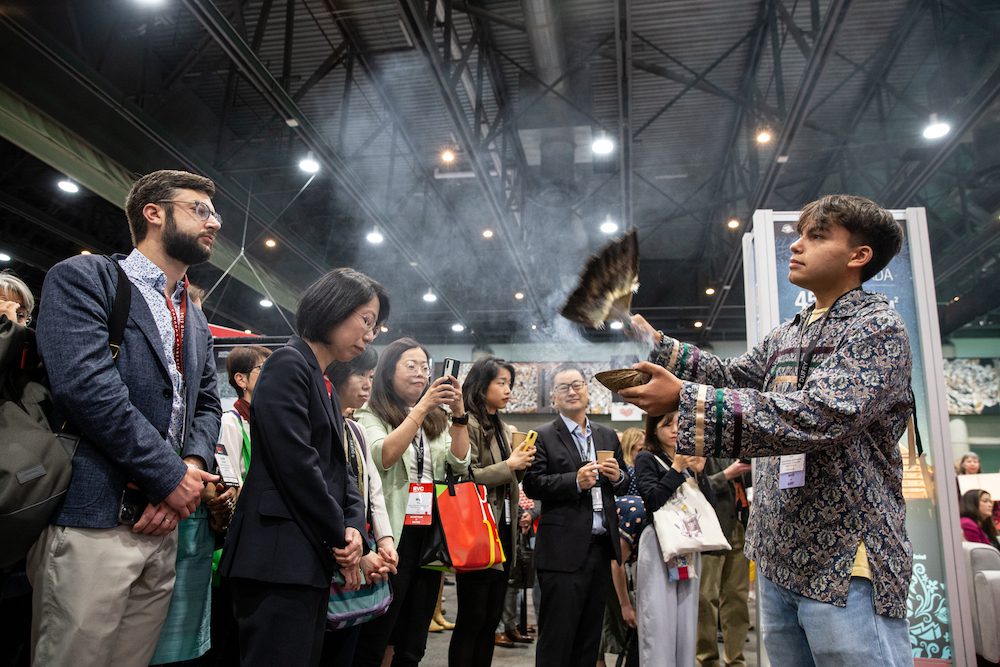
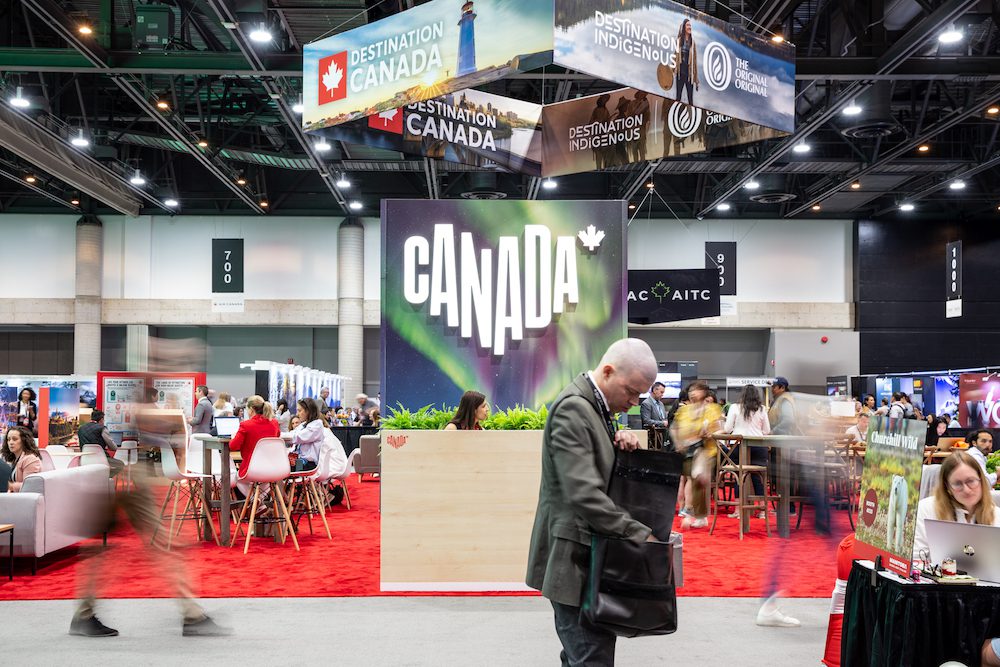
These experiences are being sought by international and domestic visitors alike. Throughout the pandemic, like many of us, Canadians were keen to explore their backyard. But the harrowing discovery of unmarked graves at residential school sites in 2021 prompted a renewed empathetic interest in Indigenous history and culture and using tourism experiences as a vehicle for learning and reconciliation.
RVC presence
ITAC is promoting Indigenous experiences to the world with the support of Destination Canada. At the recent Rendez-Vous Canada (RVC) 2023 tradeshow, the conference hall centrepiece was a co-branded, shared stand between the two organisations, and participation rates of Indigenous businesses at RVC have increased over recent years, beginning with 17 in 2015, to 52 in 2023.
Demand for Indigenous tourism was on the rise prior to the pandemic, and the effects of the pandemic were devastatingly felt throughout Indigenous communities. However, the post-pandemic trends of slow and sustainable travel fit perfectly with the stewardship approach of Indigenous culture and tourism and positivity has begun to return.
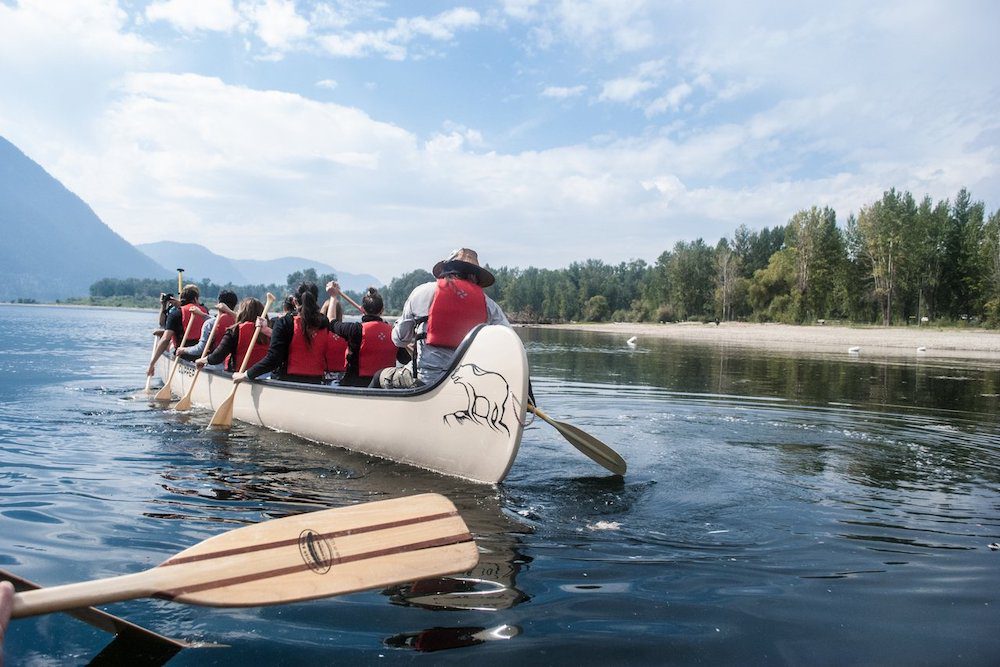
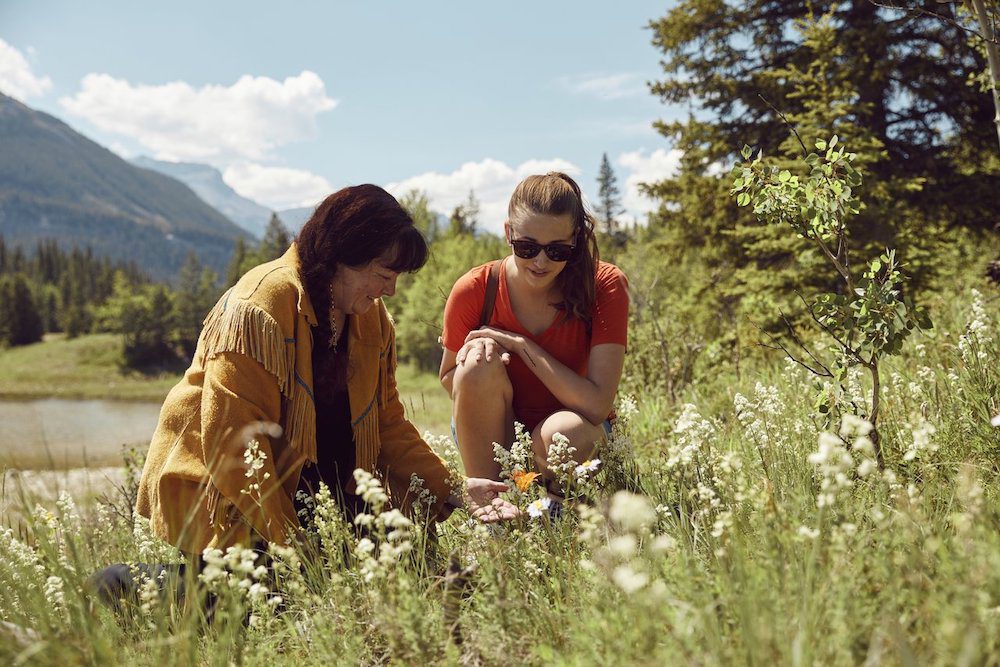
Slowing down
Speaking at Rendezvous Canada, ITAC Communications Manager, Ryan Rogers said, “People are wanting a slower pace to travel. They want to connect to the destination a little bit more, and there’s no better way to do that than through an Indigenous tourism experience talking with local people who’ve been on that land for 1,000s of years.”
Rogers also talked about one of his favourite parts of Indigenous tourism being the impact it has on the people within the businesses.
“Indigenous People today are really at a point of cultural rejuvenation. There’s been so much of our culture that has been lost due to colonisation … and what Indigenous tourism does is create a space for Indigenous people to be proud of who they are and to share who they are with visitors. It has a very high impact on rejuvenation and reconciliation.”
Furthermore, Rogers reiterated the only way tourism plays a key role in reconciliation is if it’s led by Indigenous peoples, “to maintain authenticity and to keep jobs and profits within the communities”.
“It’s a very exciting time, the demand is there. It’s just making sure that we grow in the right way,” he said.
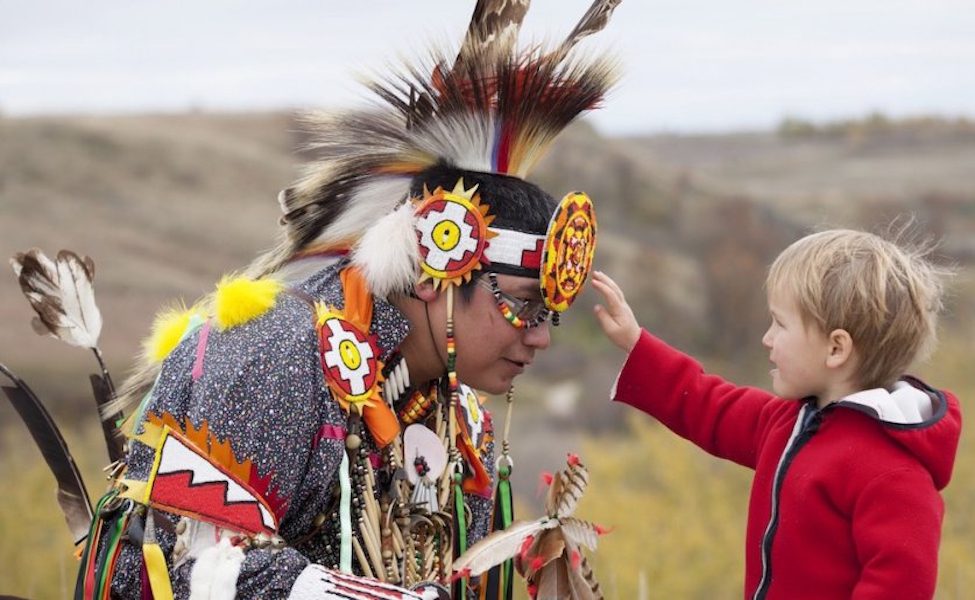
The Original Original
One of the ways ITAC is growing tourism the right way is through The Original Original accreditation program.
Launched on Indigenous People’s Day (21 June 2021), the Original Original is both a mark of authenticity and a brand of excellence.
The Original Original mark has two Os within each other, representing the world and the cycle of life. A fire made up of three symbols sits in the middle, representing each of the three groups of Indigenous Peoples in Canada: First Nations, Métis and Inuit. Recognised individually, they have different histories, languages, and cultural practices.
Indigenous tourism businesses must go through a process of accreditation in order to use the mark. This accreditation and use of the mark inspires consumer confidence, so that travel sellers and consumers know it’s an authentic experience – which addresses one of the biggest issues with consumers wanting a genuine Indigenous tourism experience.
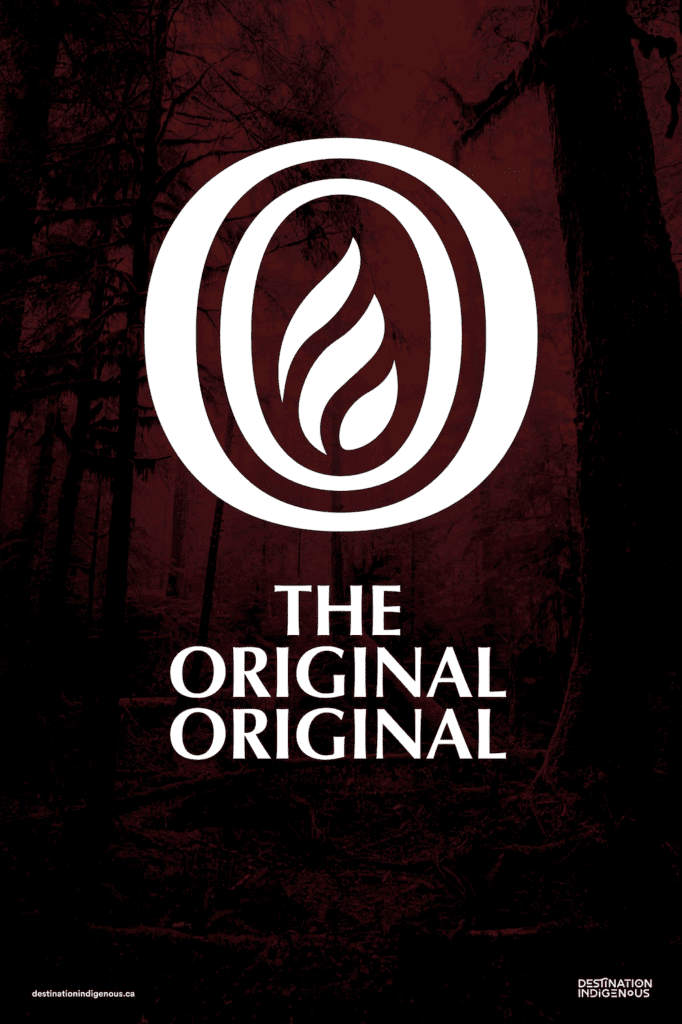
It’s also a mark of quality and a means to develop a standard of experiences throughout the industry. By going through the vetting process, businesses that do not qualify will learn where their gaps are and are provided with the tools and resources to improve and be able to use the mark in future. Accreditation is valid for two years at a time, ensuring the level of quality is maintained.
Big goals
ITAC currently has over 100 certified Original Original experiences, with a goal to reach 300 by the end of 2023.
This focus on authenticity ties in with Destination Canada’s overall brand positioning of openness, and for all experiences to be authentic, rather than made for tourists.
Read more about Destination Canada’s brand here.
For more on Indigenous tourism experiences in Canada, visit destinationindigenous.ca.
To be in with a chance to win a famil to Canada later this year, sign up to the Canada Specialist Program by the end of July 2023.



